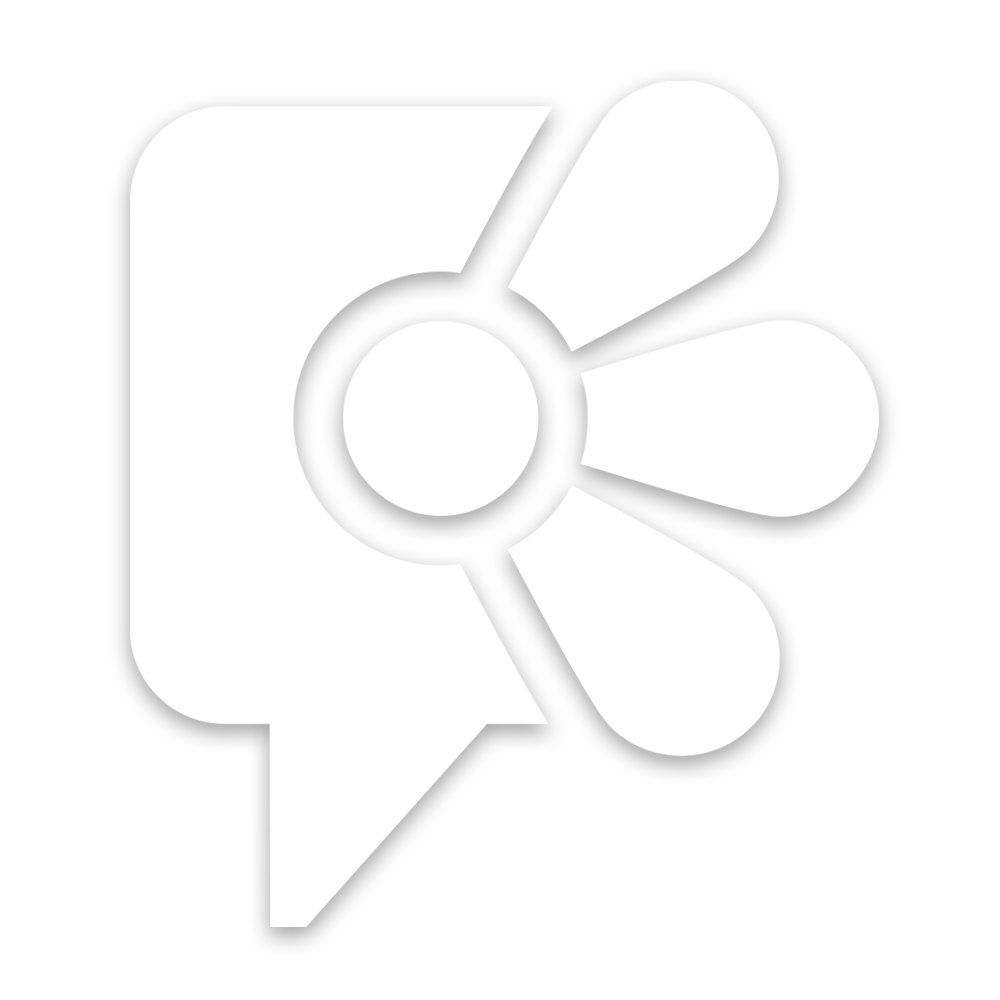
Ligustrum Lucidum
Broad Leaf Privet
Broad-leaf privet is an evergreen shrub or small tree to a height of 4–10 m. with pointed oval glossy dark green leaves, paler on the underside. The bark is brown, and covered in small white lenticels (pores that allow gas exchange). The clusters of creamy white flowers have a sickly smell, and are followed by berries that are 9 mm long and 12 mm in diameter, green when young, turning red through to blue to glossy or purplish black as they ripen. Berries usually contain two oval-shaped ribbed seeds 5 mm long. Privet is considered environmental weeds in Australia
Contributed by @Sussanah
-
Full sun to partial shade
-
Very little water
-
Full Frost Hardy: 5F (-15°C)
-
Free draining
Common name
Broad Leaf Privet
Latin name
Ligustrum Lucidum
type
Trees or Shrubs
family
Oleaceae
ph
5.0 - 8.5 Acid - Neutral
Plant & bloom calendar
-
Best time to plant
-
When the plant will bloom
full grown dimensions
 3.50 M
10.00 M
3.50 M
10.00 M
Ligustrum Lucidum
Broad-leaf privet is an evergreen shrub or small tree to a height of 4–10 m. with pointed oval glossy dark green leaves, paler on the underside. The bark is brown, and covered in small white lenticels (pores that allow gas exchange). The clusters of creamy white flowers have a sickly smell, and are followed by berries that are 9 mm long and 12 mm in diameter, green when young, turning red through to blue to glossy or purplish black as they ripen. Berries usually contain two oval-shaped ribbed seeds 5 mm long. Privet is considered environmental weeds in Australia
Planting
From Late Autumn TO Late Winter
Plant privet in Winter - any time from late Autumn to the end of Winter - at 3 plants per metre for hedging. Privet will tolerate most soils.
Flowering
From Mid Summer TO Mid Summer
Privet flowers in mid Summer, but if trimmed regularly (as a hedge) it will not flower or fruit. The flowers are creamy-white, and have a strong scent, which some people find unpleasant
Propagating by cuttings
From Early Spring TO Early Summer
Take softwood cuttings from new growth early in the day in Spring or early Summer. Cut, neatly, a 4" approx. piece of a non-flowering shoot, pinch out the tip, and cut off the bottom leaves. Dip the bottom of the cutting in hormone rooting powder, and carefully place in a pot of cutting compost with the leaves just above the level of the compost. Water, label, cover with a polythene bag, and place in a warm, bright place, out of direct sunlight. Take the polythene bag off periodically for a while for ventilation (at least twice a week)








